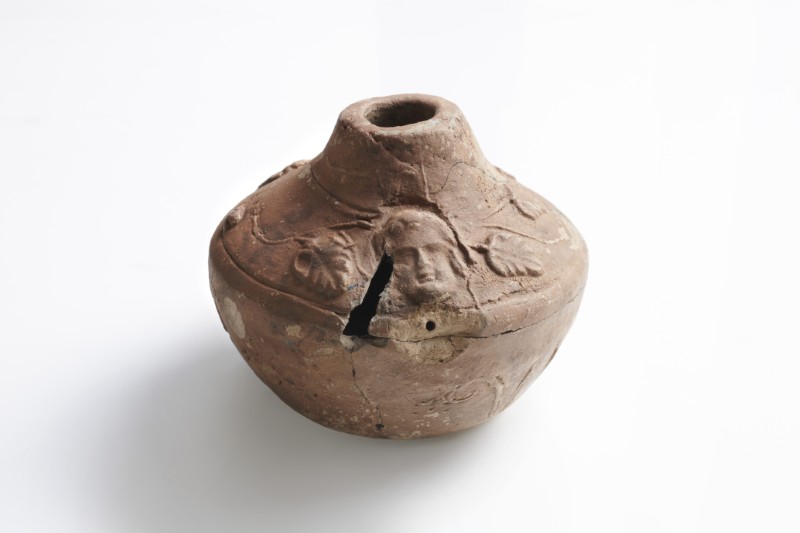
Small Roman pottery vessel with foliage and face (Photo: London Museum)
When the new London Museum opens its doors in 2026, it will be home to more than 14,000 Roman artifacts. This is thanks to Bloomberg, who decided to donate the haul found during the construction of its European headquarters. This exciting donation also includes £20 million (about $26.1 million) in funding to help transform a former Victorian-era meat market into a space that will help the story of London.
The incredible collection was uncovered between 2012 and 2014 by Museum of London Archaeology (MOLA) archaeologists during the building of the Bloomberg headquarters. The media giant funded what was one of London’s most extensive archeological digs, which allowed archeologists to really dive into London’s past. The site was significant because there was a known third century CE temple to the Roman god Mithras, which had been spotted in the 1950s but never fully excavated. Still, archeologists could never have expected what they found. Discoveries included Britain’s largest—and earliest—collection of Roman writing tablets.
Since 2017, the temple and about 600 artifacts have been on display on-site at the London Mithraeum Bloomberg SPACE. But this donation to the London Museum opens up an opportunity for the public to learn even more about Roman London. According to the museum, the collection includes 81,000 animal bone fragments, over 73,000 pottery shards, 700 Roman leather shoes, and about 7,000 metal objects. These artifacts, many of which have never been seen by the public, provide an incredible opportunity to learn more about daily life in ancient Roman London. And by displaying them in the subterranean galleries, which are at Roman street level, the public will surely be transported back in time.
Bloomberg’s generous donation—both in artifacts and funding—is a boon for the London Museum. Set to be housed in the historic Smithfield market buildings, it will have a new home for its impressive archive, which Guinness World Records considers the largest archeological archive in the world.
“The collection together with this generous donation represents a momentous gift that ties the past to the future and which will be a lasting legacy for London,” shares Sharon Ament, director, London Museum. “Working together with organizations like Bloomberg, we have the power to make a big difference: not just in preserving the city’s heritage but in creating amazing spaces and new opportunities for the Londoners of today.”
Over 14,000 Roman artifacts have been donated to the London Museum by Bloomberg.
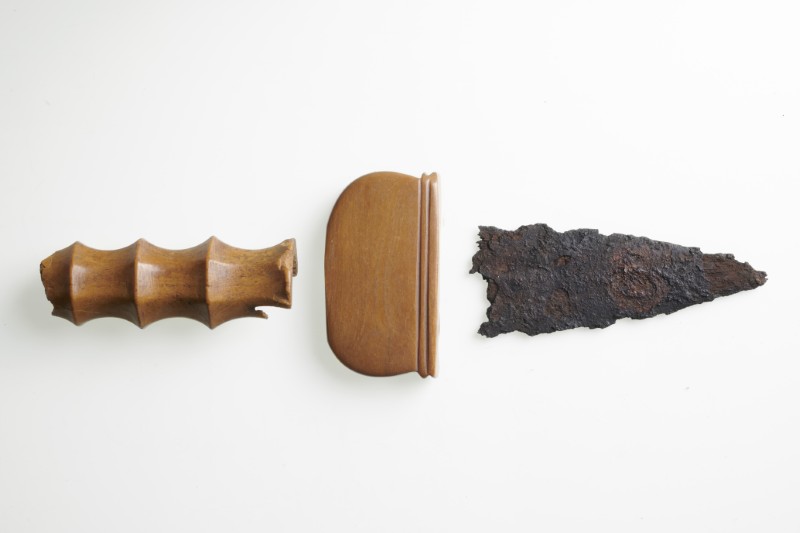
Fragments from Roman swords including carved bone grip and guard and iron tip (Photo: London Museum)

Roman wooden writing tablet and style (Photo: London Museum)
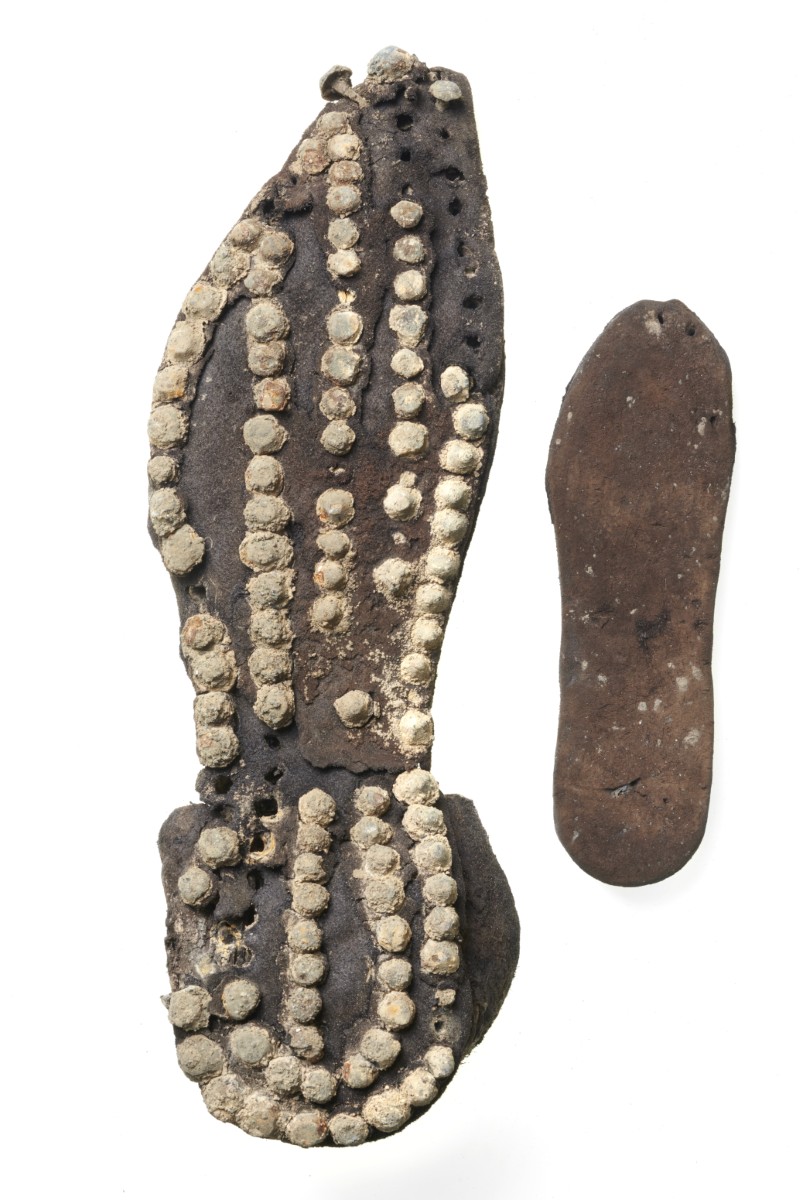
Roman leather shoes belonging to an adult and child (Photo: London Museum)
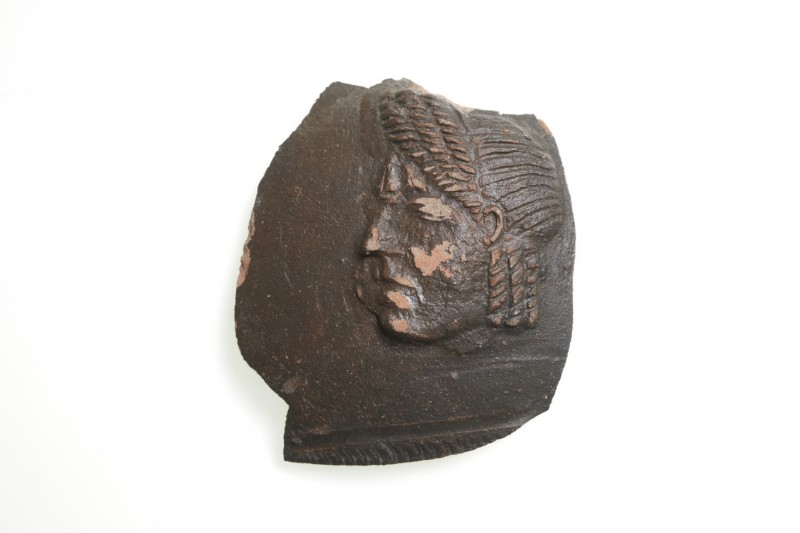
Pottery fragment depicting profile of a Roman lady (Photo: London Museum)
They will be displayed when the London Museum moves to its new location at the historic Smithfield Markets in 2026.
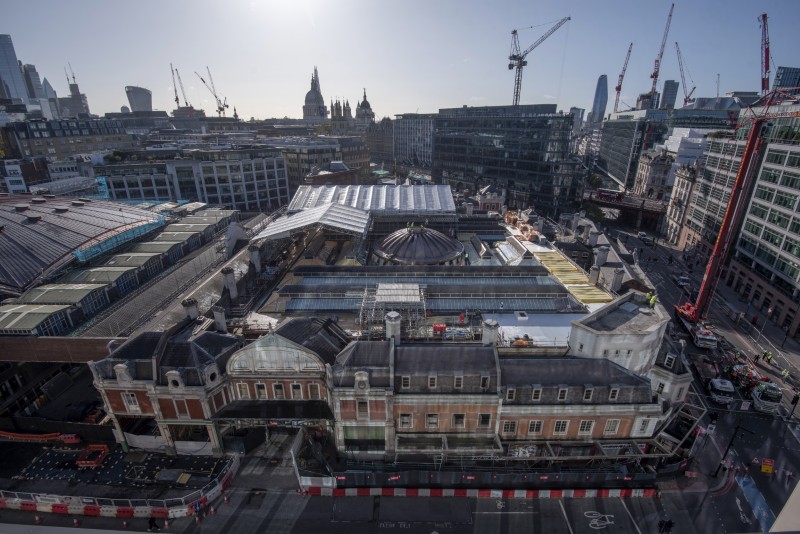
Aerial view of Smithfield markets (Photo: London Museum)

Concept of London Museum General Market basement gallery (Photo: Secchi Smith)
The items were excavated between 2012 and 2014 during the construction of Bloomberg’s European headquarters, which sits on the site of an ancient Roman Mithraeum.

View of excavations at Bloomberg Place (Photo: MOLA)
London Museum: Website | Instagram | Facebook
Source: London museum receives world-renowned collection of Roman artefacts and £20 million for its transformation from bloomberg philanthropies; Discover the 14,000 Ancient Roman Artifacts Just Donated to the London Museum
My Modern Met granted permission to feature photos by London Museum.
Related Articles:
Ancient Roman Sandals Discovered in Germany
Roman Road Is Found Buried Under an English Village Schoolyard
$2.2 Million Worth of Stolen Ancient Artifacts Returned to Greece and Italy
Mysterious Hoard of 3,000 Roman Coins Discovered in Germany, Miles from the Empire’s Borders
